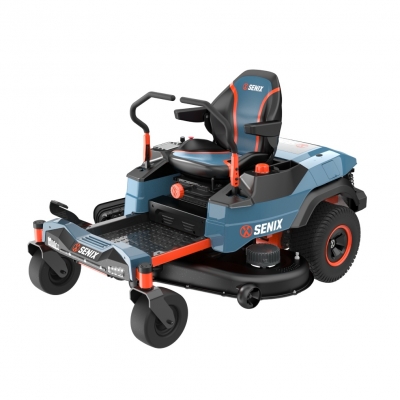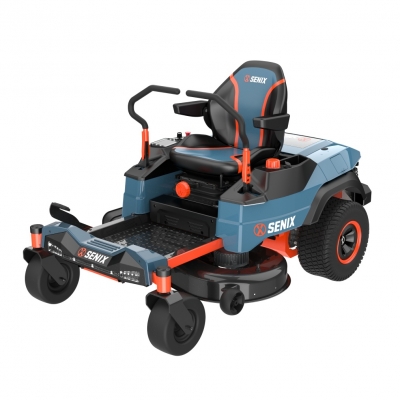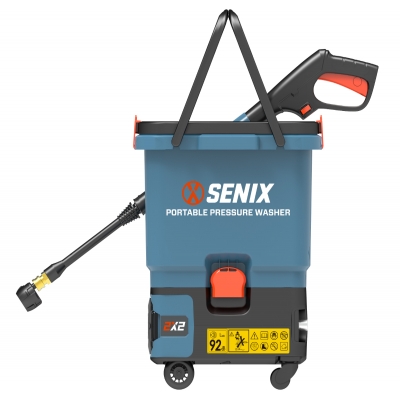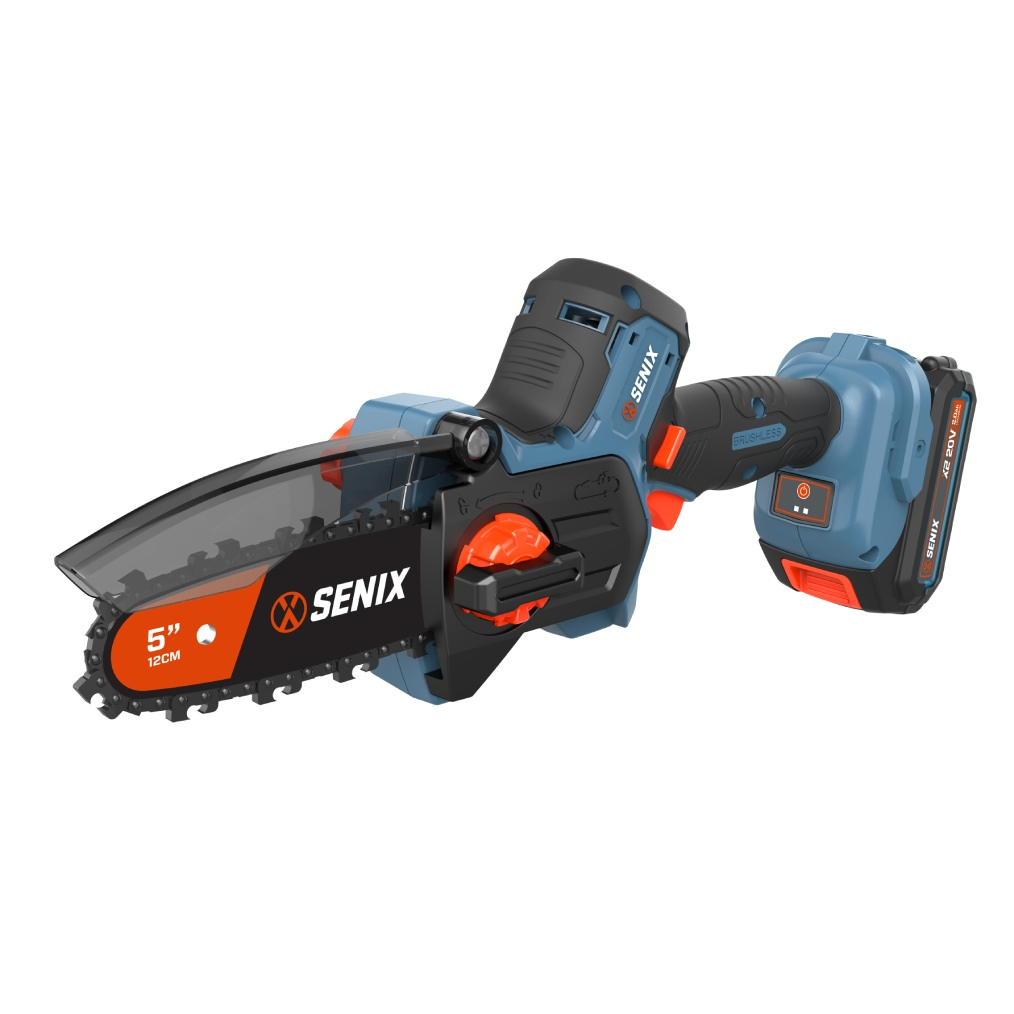How to Maintain a Pruning Saw?
Taking care of an electric pruning saw is more than a routine chore—it is an act of respect for a tool that often saves you hours of heavy labor.
Over the years, I have seen too many gardeners treat these saws like disposable gadgets, only to complain when the motor burns out or the blade seizes. In my view, proper maintenance is the difference between a saw that lasts two seasons and one that faithfully serves you for five to seven years.
First Step: Cleaning After Each Use
The simplest step, and also the one most often skipped, is cleaning. Sap, resin, and fine sawdust act like glue and sandpaper at the same time: they stick to the blade, attract moisture, and slowly grind away at the metal.
From experience, the best approach is layered cleaning:
First pass: a stiff nylon brush removes loose debris.
Second pass: a damp microfiber cloth with mild soap cuts through sticky residue.
Final touch: a dry cloth followed by a light spray of anti-rust agent.
Some professionals use solvents, but I rarely recommend them unless the saw is heavily gummed. Solvents can strip protective coatings. My opinion? A few extra minutes with a cloth beats aggressive chemicals every time.
Checking and Sharpening the Saw Blade
A dull blade is not just inefficient—it is dangerous. I have seen people push harder on a dull saw, which makes the motor overheat and increases the risk of kickback. My rule: let the blade cut, don't force it.
I personally check for sharpness by running a gloved finger lightly along the edge and by observing the cut surface: if the wood looks crushed or burned instead of cleanly sliced, the blade needs attention.
Sharpening requires skill and patience. A diamond file works well for touch-ups, but once the teeth are uneven, replacement is usually smarter. As a professional, I say this bluntly: most homeowners waste time trying to revive a blade past its prime. High-quality replacements are inexpensive compared to the frustration and risk of a compromised cut.
Battery Care and Charging Tips for Pruning Saws
Batteries are where most owners make critical mistakes. I have lost count of the number of good saws I've seen ruined by poor charging habits. A few insider tips from years in the field:
Avoid extremes: heat and cold are the battery's enemies. Leaving it in a hot shed or freezing garage will kill capacity faster than anything else.
Partial charge storage: for long breaks, I store batteries at about 40–60% charge. This preserves chemistry and prevents “sleep mode” issues.
Cycle it regularly: lithium batteries don't like being ignored. Even in off-season, I run a short cycle once a month.
In my professional judgment, people underestimate battery care. They obsess about the blade but forget that without a healthy battery, the sharpest blade is useless.

Remember Lubrication and Moving Parts
Lubrication is the soul of smooth cutting. I've worked on saws where the blade looked fine but the gearbox had dried up; the owner thought the motor had failed, when in fact it was simply grinding itself to death.
I personally prefer a light synthetic oil over heavy grease, because it penetrates small parts without attracting too much dust. Apply sparingly on the blade joints, chain (if applicable), and moving hinges.
One professional's trick: after oiling, run the saw for a few seconds without load. This spreads the lubricant evenly and gives you instant feedback if something feels rough. If it still feels jerky, there may be internal wear that oil cannot fix.
How to Store Your Pruning Saw Safe and Dry
Storage is often treated casually, yet it has a huge impact on pruning saw's longevity. Moisture is silent but merciless. I have seen rust creep into vents, corrode switches, and even short-circuit motors.
My own storage checklist:
Dry first: never store a saw immediately after cleaning if it is still damp.
Case or cover: even a simple dust bag reduces exposure.
Stable surface: don't lean it against a wall—vibration or accidental knocks can damage the housing.
Away from chemicals: fertilizers, pesticides, and even pool supplies release fumes that corrode metal over time.
In my workshop, I treat tools as I treat good knives: they get their own space, never thrown in with random gear.
When to Replace Parts or Seek Professional Help
One of the hardest lessons for many owners is knowing when to stop tinkering. As a technician, I have seen people tape broken cords, force cracked housings, and grind down misaligned blades. All this turns a repairable tool into scrap.
Here's my professional stance:
Replace immediately if the blade teeth are broken, the motor emits a burnt smell, or the battery swells.
Seek help if the saw vibrates abnormally, loses torque despite a sharp blade, or the safety switch malfunctions.
Do not gamble with safety features. If the guard or lock trigger fails, stop using the saw immediately.
In short, dont confuse stubbornness with thrift. A $30 part replacement beats a $300 hospital bill.


 (5.0)
(5.0)


